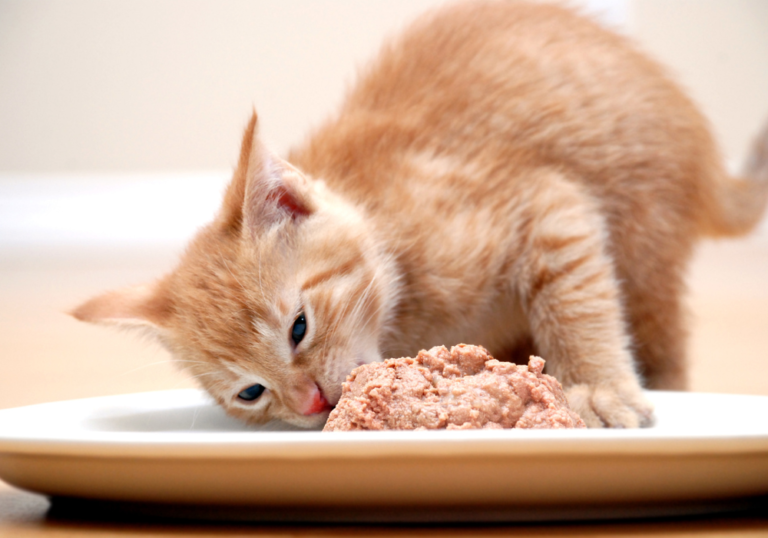Introducing Solid Food to Your Kitten: Timing, Tips, and Nutritional Advice

Welcoming a new kitten into your home is an exciting time filled with cuddles and playful moments. However, it also comes with the responsibility of ensuring your kitten’s dietary needs are met as they grow. Understanding when and how to introduce solid food to your kitten is crucial for their development. Here’s a comprehensive guide to help you navigate this important phase, brought to you by the experts at Acacia Pet Hospital.
The First Few Weeks: Preparing for Solid Food
Initially, a kitten’s diet consists solely of its mother’s milk, which provides all the necessary nutrients for early growth. During the first few weeks, your kitten will start developing physically, opening its eyes and beginning to explore its surroundings. This period is critical as it sets the stage for introducing solid food.
By the third week, kittens develop their baby teeth, which are essential for chewing solid food. These milk teeth will later be replaced by adult teeth around three to four months of age.
When to Introduce Solid Food
The ideal time to introduce solid food is around four weeks old. This timing aligns with natural behaviors observed in wild cats and is supported by organizations like International Cat Care. Signs that your kitten is ready for solid food include the presence of baby teeth, interest in their mother’s food, and increased curiosity and mobility.
Choosing the Right Kitten Food
Selecting the appropriate food is vital for your kitten’s health. Kittens require a diet rich in protein, amino acids, vitamins, and minerals, which supports their rapid growth and development. When shopping for kitten food, ensure the product complies with the American Association of Feed Control Officials (AAFCO) standards, indicating it meets the nutritional needs for kittens.
If you’re unsure about the best options, consult our doctors at Acacia Pet Hospital for personalized recommendations that cater to your kitten’s specific needs.
How to Start Feeding Solid Food
Transitioning to solid food should be a gradual process. Begin by mixing a tablespoon of high-quality canned kitten food with warm water. Avoid using cow’s milk as it can disrupt your kitten’s digestion. Over the next couple of weeks, slowly reduce the amount of water and formula, increasing the solid food proportionately.
If your kitten has been nursing, consider separating them from their mother for short periods to encourage interest in solid food. By five to six weeks old, you can introduce slightly moistened dry food to provide variety and stimulate your kitten’s palate.
Wet Food vs. Dry Food
Both wet and dry foods are excellent choices for kittens, as long as they meet nutritional standards. Wet food, which contains about 70% water, helps keep your kitten hydrated and is often easier for young kittens to eat. Dry food, on the other hand, is good for dental health and can be more economical. Ensure fresh water is always available, especially if your kitten primarily eats dry food.
Monitoring Your Kitten’s
Progress By eight to ten weeks old, most kittens are fully weaned onto solid food. Keep an eye on your kitten’s development and weight gain during this transition. If you notice any issues, such as reluctance to eat or poor weight gain, contact our doctors at Acacia Pet Hospital promptly.
Regular veterinary visits are essential to monitor your kitten’s health and discuss any feeding concerns. Ready to schedule your kitten’s next appointment? Contact us at Acacia Pet Hospital.
Contact Information:
If you need more help or have any questions, call us at Acacia Pet Hospital, (408) 264-6354, 4486 Pearl Ave, San Jose, CA 95136,
Hours: Monday-Friday: 8:00 am – 5:00 pm or visit us online.

